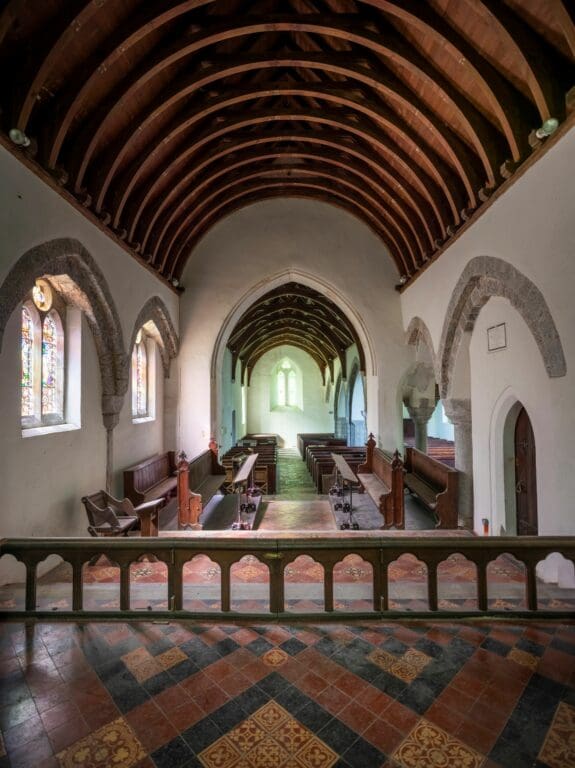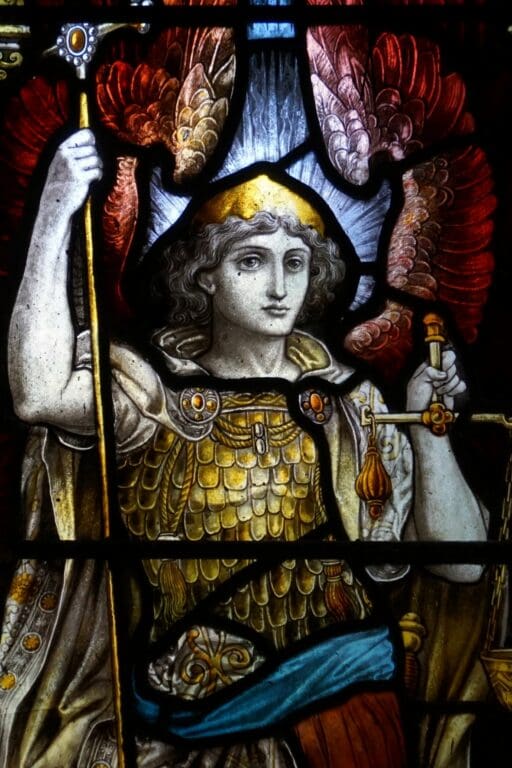
Open daily
OS grid reference
SR910988
what3words
successor.puzzled.footpathVestry and tower are kept locked as there is a bat maternity roost under observation by ecologist.
The scalloped font and arcade to the north aisle are the oldest visible remains of the original 12th century church.
The 15th and 16th centuries brought much change to the church: the north and south chapels were removed, as was the north transept. Pre-Restoration sketches also indicate the presence of a west porch of Jacobean character of such size than it more resembled a chapel.
John Campbell, Earl of Cawdor, commissioned David Brandon to restore the church in the late 1850s. The church was re-roofed, re-floored and re-fenestrated, the vestry was added, and doorways rebuilt. As a legacy, encaustic tiles emblazoned with the Earldom Cawdor arms decorate the chancel floor.
In the early 20th century, most of the land in Castlemartin – 6,000 acres to be precise – was cleared by the government for use as an artillery range. The church closed in 2016 and was an important milestone for the FoFC, being the 50th church we adopted! In 2022-23 we carried out repairs to the glazing and leaking tower roof, thanks to a grant from Cadw.



The buttons below link to church or local information on other websites.